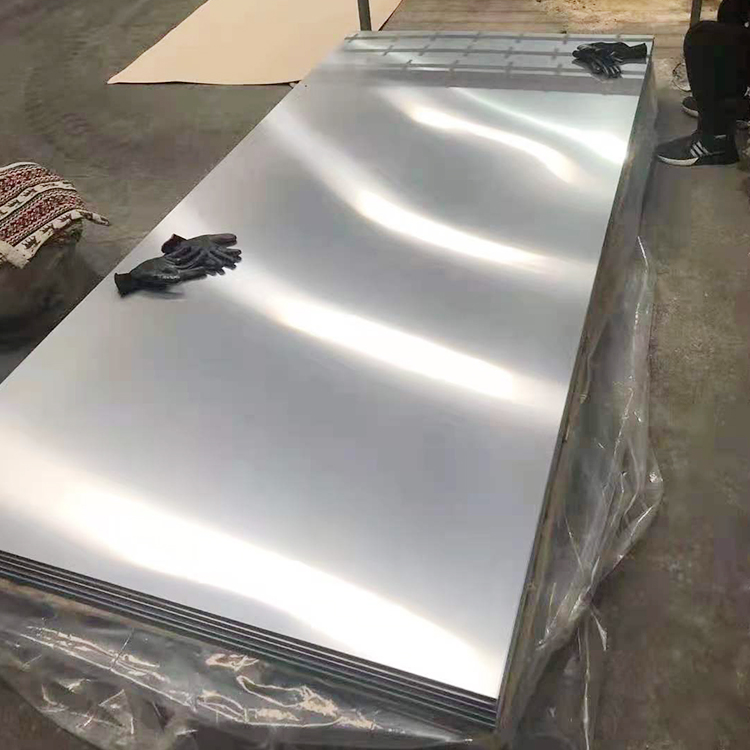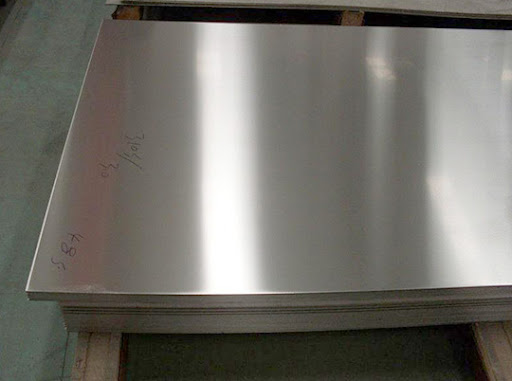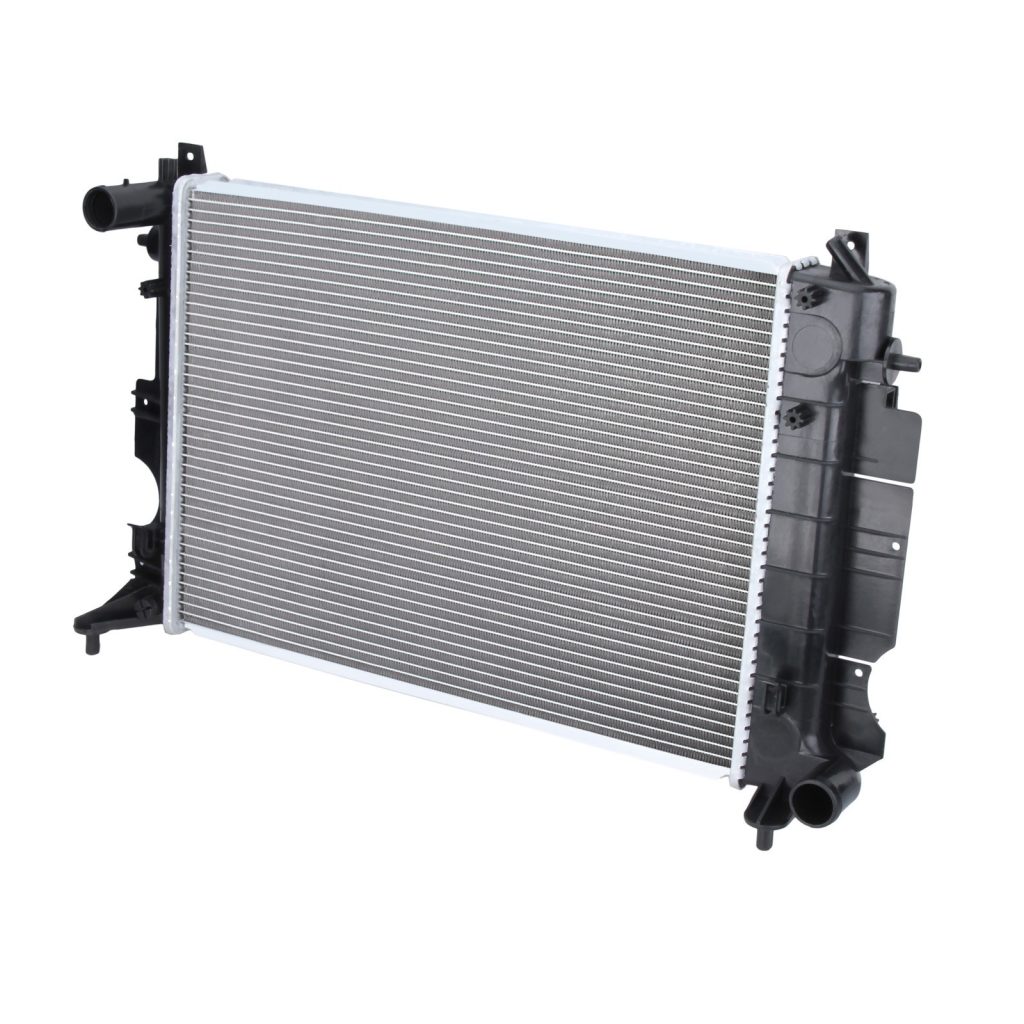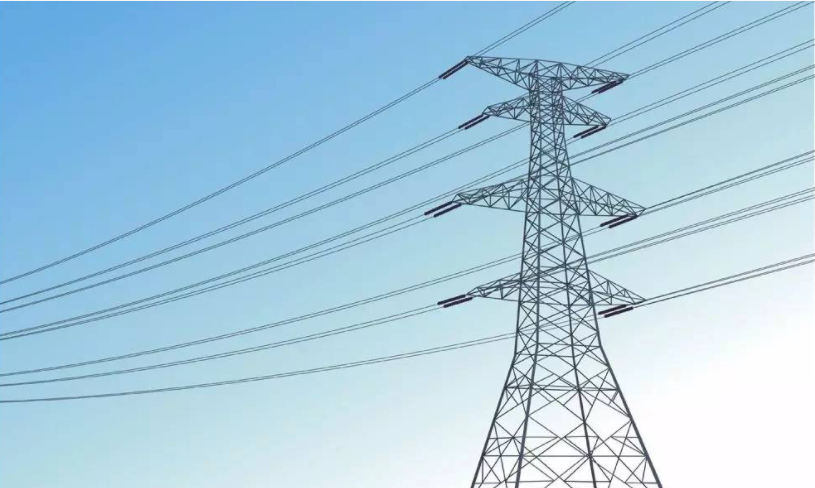Without the actual touch, the aluminum plates and the stainless steel plates look more similar in appearance, but they are actually completely different metal materials. Here are 10 distinctions to keep in mind when deciding which type of metal plate you intend to use in a project.
1. The first is the strength to-weight ratio. Aluminum plate is usually not as strong as stainless steel plate, only about a third of the weight of stainless steel plate under the same conditions. This is also the main reason why the aircraft is mainly made of aluminum plates.

2. Second is corrosion. Stainless steel plates are composed of elements such as iron, chromium, nickel, manganese and copper. The addition of chromium element can provide good corrosion resistance. In addition, because it is non-porous, so the corrosion resistance of the material will also be improved. Aluminum plate also have high oxidation and corrosion resistance, mainly because of its passivation layer. Its surface also turns white when the aluminum plate is oxidized. But in some extreme acidic or alkaline environments, aluminum can corrode quickly, with catastrophic consequences.

3. In terms of thermal conductivity, aluminum plate has better thermal conductivity (thermal conductivity) than stainless steel plate. This is also one of the main reasons why aluminum plate is commonly used in automobile radiators and air conditioning units.

4. In terms of cost, aluminum plate is usually cheaper than stainless steel plate.
5. In terms of availability, the aluminum plate is quite soft and easy to cut and shape. Due to the high wear resistance, stainless steel plate may be difficult to use, the hardness of stainless steel plate is greater than aluminum, it is more difficult to form.
6. In terms of welding, stainless steel plate is relatively easy to weld, while the difficulty of aluminum welding processing is higher.
7. In terms of heat resistance, the highest temperature of stainless steel plate can work is much higher than the highest working temperature of aluminum plate. Usually, the aluminum plate will become very soft when about 400℃.
8. Conductivity, compared with most metals, the conductance performance of the stainless steel plate is very poor. And the aluminum plate is a very good electric power material. Because of their high conductivity, light weight, and corrosion resistance, high-voltage overhead power lines are usually made of aluminum.

9. In terms of strength, stainless steel plate is stronger than aluminum plate.
10.Finally, the impact on food, stainless steel plate and food reactivity is relatively poor. Aluminum plates may affect the color and flavor of the food.


